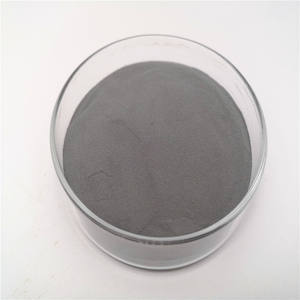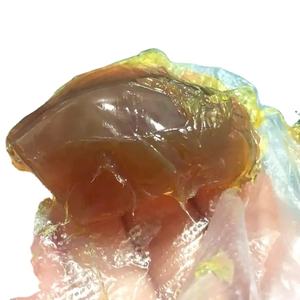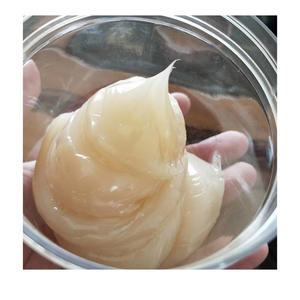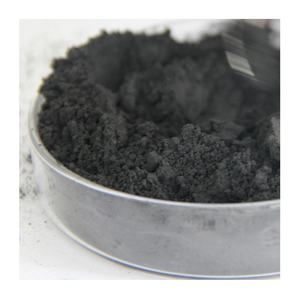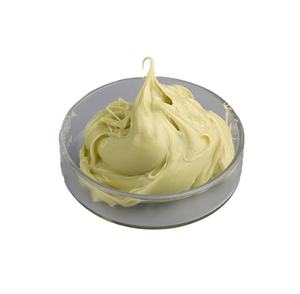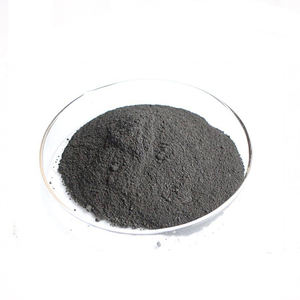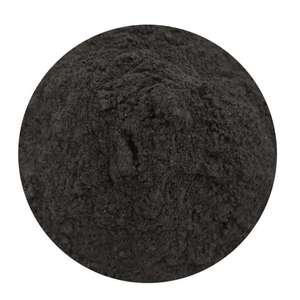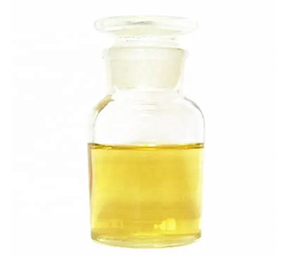One-stop lubrication solution | Discover the way to smoothness | Infomak
(Advantages and Disadvantages of Graphite)
Graphite is an extremely conductive material, and has a high temperature resistance. This makes it perfect for use in nuclear reactors and other high-temperature applications. It also has excellent chemical resistance, and is easy to shape into a wide variety of shapes and sizes.
Unlike metals, which have strong covalent bonds that hold them together, graphite has weaker surface attractions called Van der Waals forces. These are the same forces that allow a gecko to climb smooth surfaces with its padded feet. Graphite flakes slip over one another, which gives it a greasy feel and allows it to act as an effective lubricant. This is why it has historically been used as pencil ‘lead’.
As a carbon-based material, it is very resistant to acid corrosion and alkali corrosion. It is also a very good electrical conductor. This is because it has a large number of free delocalized electrons that are easily separated from the atomic bonds in its sheets. This enables it to be used as an arc electrode for electrical discharge machining (EDM).
Despite these advantages, there are some disadvantages to using graphite. Graphite is very soft, and it can leave marks on fingers when handled. It can also smudge paper and cardboard. As a result, care must be taken when packing and storing graphite products. In addition, graphite is expensive compared to copper. It is also considered to be a critical raw material, with the EU including it on their list of minerals at risk due to supply concerns, and the United States listing it as one of 14 strategic materials.
(Advantages and Disadvantages of Graphite)
